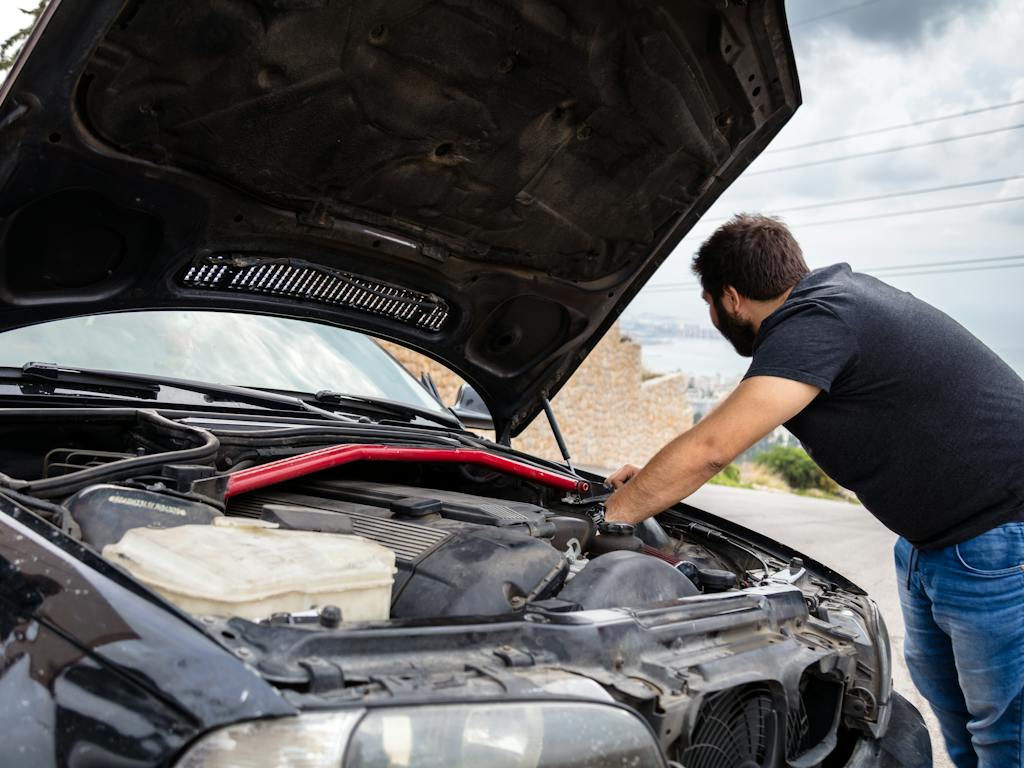Owning a car comes with responsibilities, and while not everyone is a seasoned mechanic, there are still plenty of simple DIY fixes you can do at home to keep your vehicle running smoothly. Not only can these easy tasks save you money, but they can also give you a sense of accomplishment. So, roll up your sleeves, and let’s dive into five straightforward DIY car fixes that anyone can handle!
Changing the Air Filter
Imagine your car’s air filter as its lungs; it ensures that clean air reaches the engine for optimal performance. Over time, the air filter may get clogged with dirt and debris, which can negatively impact fuel efficiency and overall power. The good news is that changing the air filter is a breeze. Just locate the air filter housing, usually a black plastic box near the engine, open it up, and swap out the old filter for a new one. It’s a small task that can make a big difference.
Replacing Spark Plugs
Spark plugs help ignite the air-fuel mixture within the engine. If they’re worn out, your car might experience rough idling or decreased fuel efficiency. Replacing spark plugs might sound daunting, but it’s simpler than you think. Refer to your car’s manual for guidance on locating the spark plugs. Utilize a spark plug socket and wrench to remove the old spark plugs, and then carefully insert the new plugs and gently tighten them. Voilà! You’ve given your car’s performance a spark of life.
Changing Oil and Oil Filter
Regular oil changes are like heartbeats for your car’s engine. Fresh oil keeps the components lubricated and prevents overheating. The oil filter also keeps the oil clean. To perform an oil and filter change, first lift the car using a jack. Locate the oil pan and unscrew the drain plug to allow the old oil to drain out. Once the oil has fully drained, remove the old filter and replace it with a new one. Finally, refill the engine with the recommended oil and you’re all set!
Rotating Tires
Uneven tire wear can lead to decreased traction and handling issues. Rotating your tires helps distribute wear more evenly, extending their lifespan. You’ll need a jack, jack stands, and a lug wrench for this task. Simply remove each tire and reposition it according to the recommended pattern in your car’s manual. Rotating tires is a fantastic way to ensure a smoother and safer ride.
Replacing Brake Pads
Brake pads are a crucial safety component, and replacing them when they’re worn down is essential. First, loosen the lug nuts. Next, use a car jack to lift the vehicle, and once lifted, ensure its stability by securing it with jack stands. Remove the wheel, locate the brake caliper, and remove the old pads. Install the new pads, reattach the caliper, and put the wheel back on. Make sure to pump the brake pedal a few times after everything is reassembled to ensure proper contact.




